[Near Tokyo] Recommended gourmet food in Onjuku, Chiba! Introducing the exquisite local specialties
![[Near Tokyo] Recommended gourmet food in Onjuku, Chiba! Introducing the exquisite local specialties](https://resources.matcha-jp.com/resize/720x2000/2025/03/12-227738.webp)
Onjuku Town in Chiba Prefecture is a seaside town that is easily accessible from Tokyo. Why not enjoy the local cuisine, which is the best part of traveling? In this article, we will introduce the exquisite specialties that can be tasted in Onjuku Town and recommended gourmet food made with fresh ingredients!
What kind of place is Onjuku Town in Chiba Prefecture?
Onjuku Town is located in the southeast of Chiba Prefecture. Facing the Pacific Ocean, the town has a 2km stretch of pure white sandy beach, which is crowded with many beachgoers every year.
It takes about an hour and a half to get there from Ukishima IC, the entrance to the Aqua-Line, making it a perfect spot for a day trip.
Onjuku Town is also famous as a producer of spiny lobsters, and is garnering attention as a gourmet town where you can eat fresh spiny lobster dishes and seafood.
-
Table of Contents
- 1. Spiny lobster
- 2. Abalone
- 3. Red sea bream
- 4. Turban shell
- 5. Zherasov
- Access to Onjuku from Tokyo
1. Spiny lobster
The northern limit of Ise lobsters is Chiba Prefecture, and their fishing grounds are the vast Kikai-ne and the adjacent rocky shores. There is an abundance of food, so the fish are hauled up in nets before dawn and each one is carefully handled to prevent them from losing their vitality.
The appeal of Onjuku's spiny lobsters is that they are large, firm, and sweet, having been tossed about by the rough waves of the outer Boso coast. Onjuku also offers original spiny lobster dishes, so be sure to try them in all their various forms!
![[Near Tokyo] Recommended gourmet food in Onjuku, Chiba! Introducing the exquisite local specialties](https://resources.matcha-jp.com/resize/720x2000/2025/03/12-227679.webp)
![[Near Tokyo] Recommended gourmet food in Onjuku, Chiba! Introducing the exquisite local specialties](https://resources.matcha-jp.com/resize/720x2000/2025/03/12-227680.webp)
If you want to taste spiny lobster, we recommend August to October!
2. Abalone
The Sotobo region is Japan's leading producer of abalone.
The abalone from Onjuku, which are packed with the bounty of the sea, are thick and soft, and can be enjoyed in a variety of dishes, such as sashimi, steamed, and boiled abalone.
If you want to taste abalone, we recommend June to August!
![[Near Tokyo] Recommended gourmet food in Onjuku, Chiba! Introducing the exquisite local specialties](https://resources.matcha-jp.com/resize/720x2000/2025/03/12-227683.webp)
3. Red sea bream
Chiba Prefecture is said to be the northernmost fishing ground for golden-eyed snapper.
You can enjoy freshly caught alfonsino on the same day, and the sashimi is rich and sweet with even fat throughout the flesh, and is also elegant. The stew is also very flavorful and delicious!
![[Near Tokyo] Recommended gourmet food in Onjuku, Chiba! Introducing the exquisite local specialties](https://resources.matcha-jp.com/resize/720x2000/2025/03/12-227686.webp)
If you want to taste golden-eyed snapper, we recommend December to February!
![[Near Tokyo] Recommended gourmet food in Onjuku, Chiba! Introducing the exquisite local specialties](https://resources.matcha-jp.com/resize/720x2000/2025/03/12-227684.webp)
4. Turban shell
Turban shells mainly live in areas where the seawater temperature is high. Of course, you can eat them in Onjuku. They are mainly eaten as sashimi or grilled in a tub, and they have a crunchy texture and are very delicious. You may also get addicted to their bitter taste!
If you want to enjoy turban shells, we recommend April to May or August!
![[Near Tokyo] Recommended gourmet food in Onjuku, Chiba! Introducing the exquisite local specialties](https://resources.matcha-jp.com/resize/720x2000/2025/03/12-227687.webp)
5. Zherasov
Gelato-like soft serve ice cream made with organic milk
Please come and enjoy this soft serve ice cream that you can only get in Onjuku and that you will come to because it is in Onjuku!
You can enjoy the full taste of organic milk as it is, with a refreshing aftertaste. Organic milk starts with making feed produced by the power of nature, without relying on pesticides or chemical fertilizers. No antibiotics or hormones are used, cows are given adequate exercise and disease prevention, and are raised in a way that does not stress them out. All processes up to product processing have passed rigorous inspections, and this milk has been certified as organic by the JAS standard.
![[Near Tokyo] Recommended gourmet food in Onjuku, Chiba! Introducing the exquisite local specialties](https://resources.matcha-jp.com/resize/720x2000/2025/03/12-227739.webp)
Access to Onjuku from Tokyo
From here, we will introduce two ways to get from Tokyo to Onjuku using public transportation. We will also explain in detail the budget and travel time required.
Access by bus
The first way is to take a direct bus from Tokyo. From the Tokyo Yaesu bus terminal, it takes about 2 hours 15 minutes to 30 minutes to get there. The fare is reasonable, about 2,100 to 2,500 yen per adult one way.
Access by train
The second way is to travel by JR's "Wakashio Limited Express".
The Wakashio Limited Express is a limited express train that can be boarded from Tokyo and Soga stations. It starts from the Keiyo Line platform at Tokyo Station, and it takes about 1 hour and 30 minutes to get from Tokyo Station to Onjuku Station.
The one-way fare from Tokyo to Onjuku Station is 3,560 yen. As of March 2024, all seats on the Wakashio Express have been reserved, so be sure to purchase a reserved seat ticket before boarding.
Onjuku is a small town located in the southeast of Chiba Prefecture, east of the Boso Peninsula. The climate is warm throughout the year. The coast is a representative Boso beach that is visited by many beachgoers every year, with a pure white sand beach stretching for about 2 km. It is also known as the birthplace of the children's song "Tsuki no Sabaku" (Desert of the Moon). Also, about 400 years ago, in 1609, the ship San Francisco ran aground in a storm off the coast of Tajiri, Iwawada Village. The villagers of Iwawada Village came together to rescue the frozen crew, warming them with their bare skin and generously providing them with clothing and food, and it is said that they saved the lives of 317 of the 373 crew members.
The contents on this page may partially contain automatic translation.






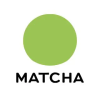














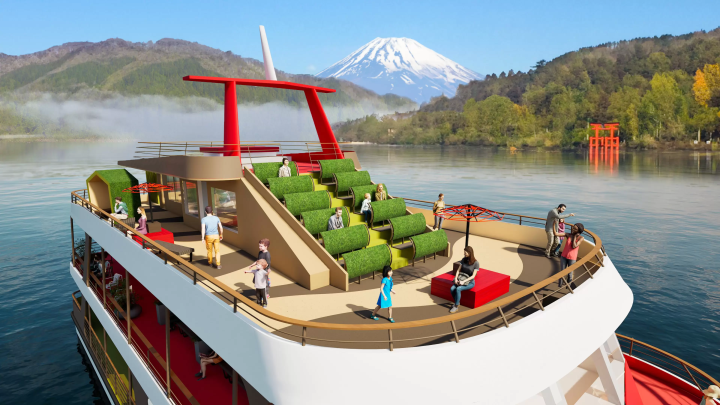


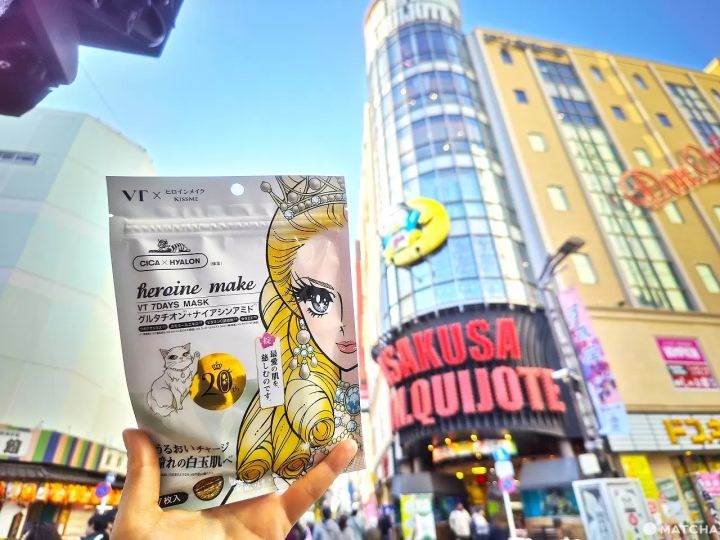

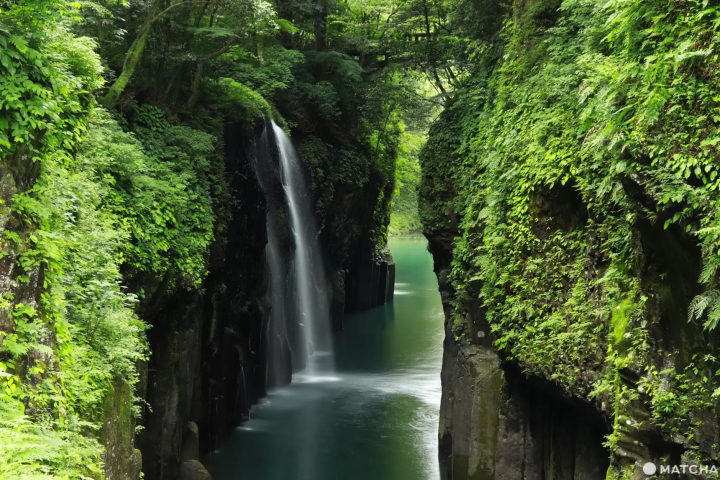




![[30 minutes by train from Meitetsu Tokoname Station!] A must-see for couples! Recommended date Feature Articles in Aichi Prefecture](https://resources.matcha-jp.com/resize/720x2000/2025/12/19-253428.webp)
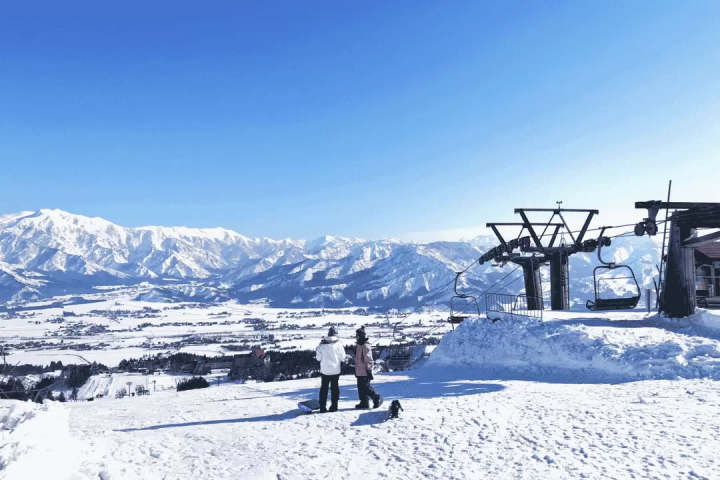
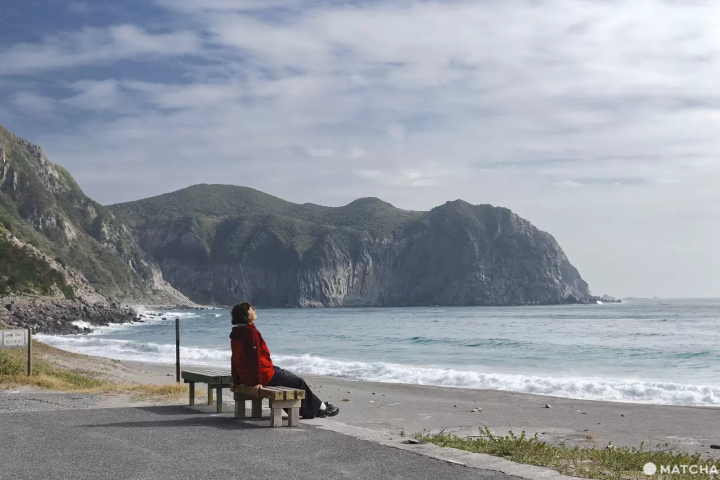
![Deep dive into Japanese brands! A tour of famous leather shoe stores with GENSEI & Nin [Tohritsu Shoes Edition]](https://resources.matcha-jp.com/resize/720x2000/2025/12/18-253283.webp)
